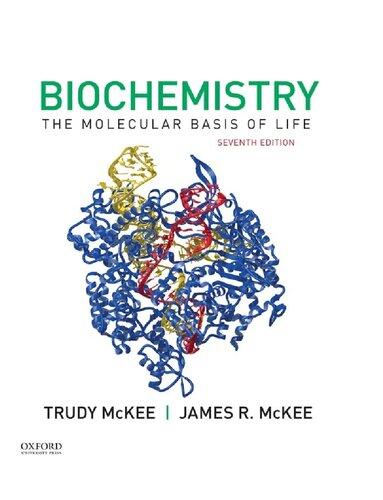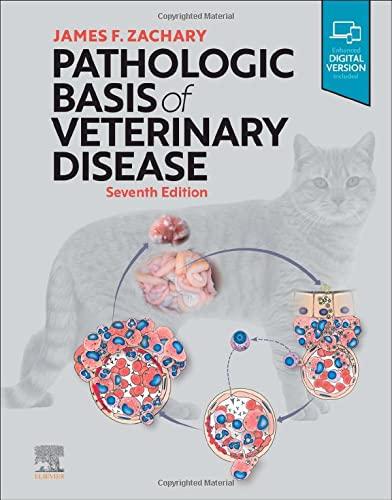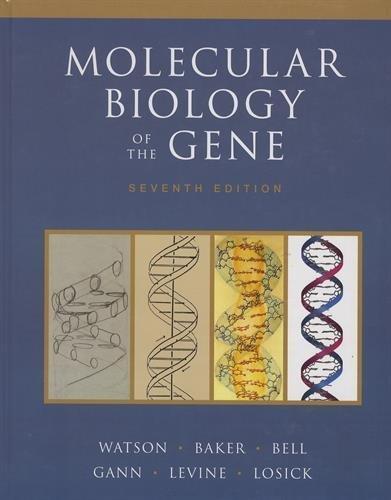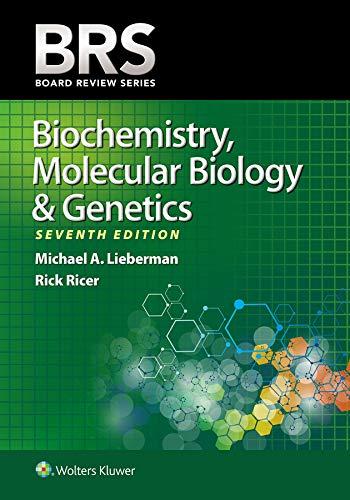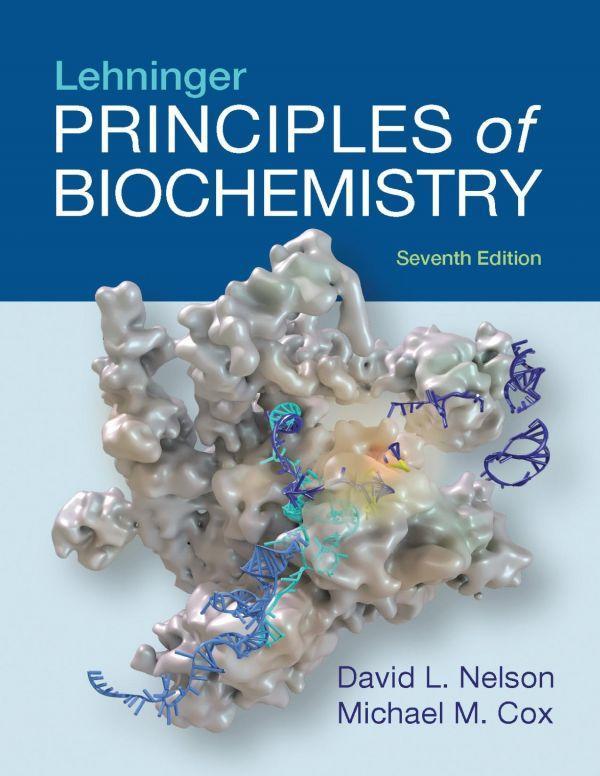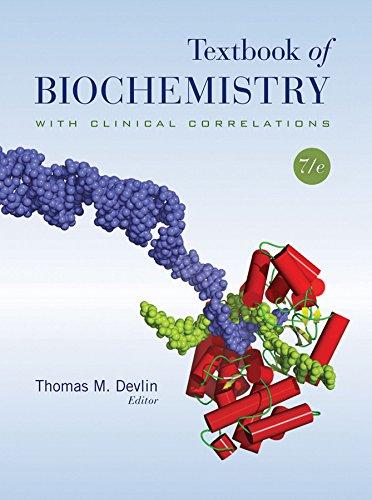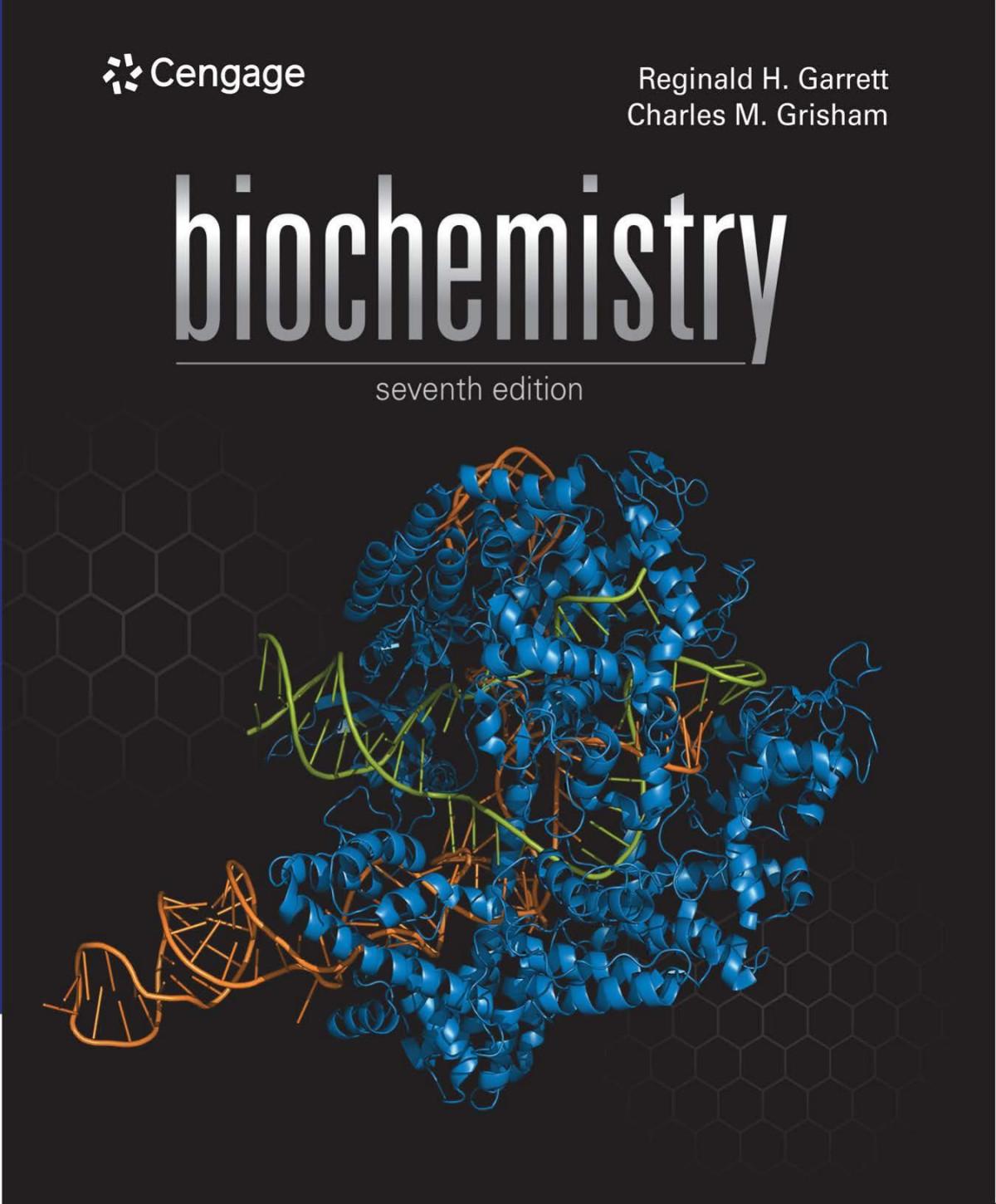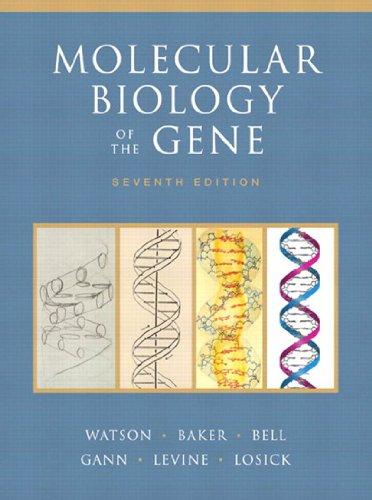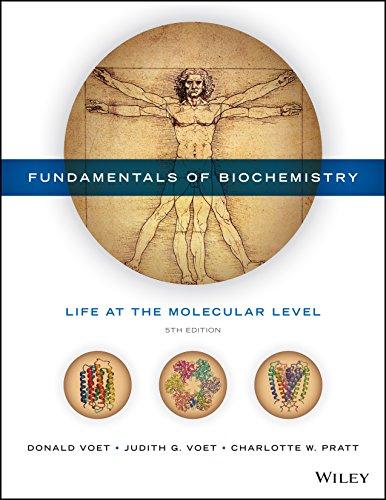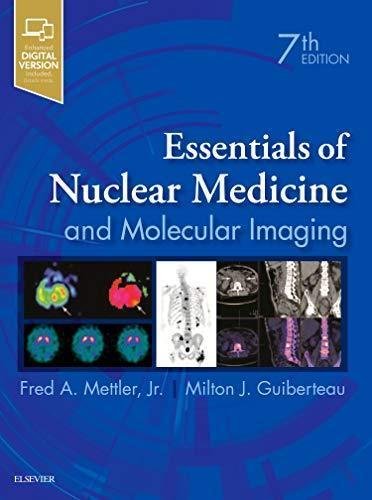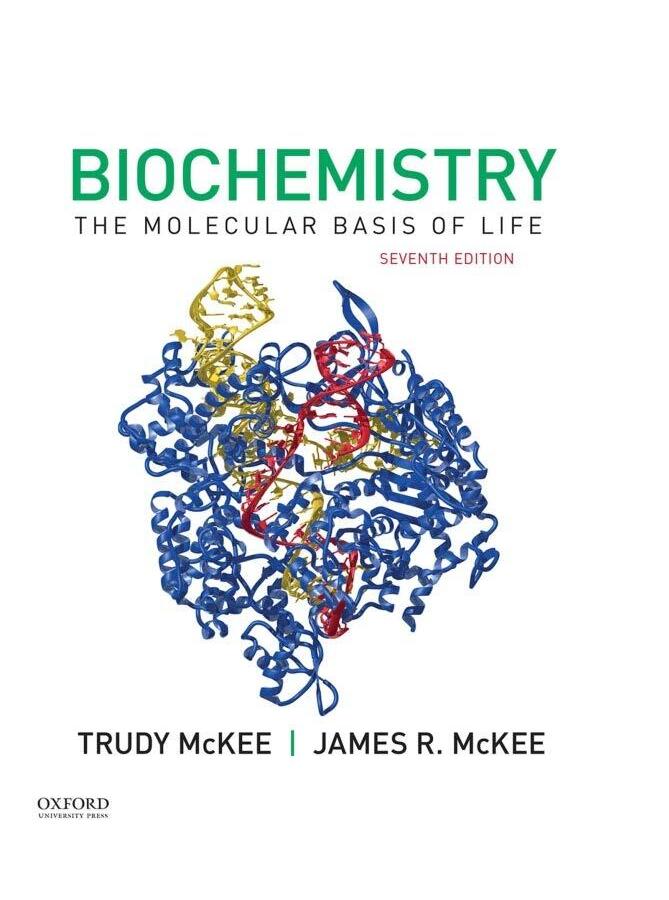Why Study Biochemistry?
1.1 What Is Life?
1.2 Biomolecules
Functional Groups of Organic Biomolecules
Major Classes of Small Biomolecules
1.3 Is the Living Cell a Chemical Factory?
Biochemical Reactions
Energy
Overview of Metabolism
Biological Order
1.4 Systems Biology
Emergence
Robustness
Systems Biology Model Concepts
Living Organisms and Robustness
Biochemistry IN THE LAB
An Introduction
Chapter Summary
Suggested Readings
Key Words
Review Questions
Available Online
Life: It Is a Mystery!
CHAPTER 2
Living Cells
Our Bodies, Our Selves
2.1 Core Biochemistry Concepts
Biochemistry and Water
Biological Membranes
Self-Assembly
Molecular Machines
Macromolecular Crowding
Proteostasis
Signal Transduction
2.2 Structure of Prokaryotic Cells
Cell Wall
Plasma Membrane
Cytoplasm
Pili and Flagella
2.3
Structure of Eukaryotic Cells
Plasma Membrane
Endoplasmic Reticulum
Golgi Apparatus
Vesicular Organelles and Lysosomes: The Endocytic Pathway
Nucleus
Mitochondria
Peroxisomes
Chloroplasts
Cytoskeleton
Biochemistry IN PERSPECTIVE
Primary Cilia and Human Disease
Biochemistry IN THE LAB
Cell Technology
Chapter Summary
Suggested Readings
Key Words
Review Questions
Available Online
Biochemistry IN PERSPECTIVE
Organelles and Human Disease
Biochemistry IN PERSPECTIVE
Caveolar Endocytosis
CHAPTER 3
Water: The Matrix of Life
Water, Water, Everywhere
3.1 Molecular Structure of Water
3.2 Noncovalent Bonding
Ionic Interactions
Hydrogen Bonds
Van der Waals Forces
3.3 Thermal Properties of Water
3.4 Solvent Properties of Water
Hydrophilic Molecules, Cell Water Structuring, and Sol–Gel Transitions
Hydrophobic Molecules and the Hydrophobic Effect
Amphipathic Molecules
Osmotic Pressure
3.5 Ionization of Water
Acids, Bases, and pH
Buffers
Physiological Buffers
Biochemistry IN PERSPECTIVE
Cell Volume Regulation and Metabolism
Chapter Summary
Suggested Readings
Key Words
Review Questions
Available Online
Biochemistry IN PERSPECTIVE
Water, Abiotic Stress, and Compatible Solutes
Biochemistry IN THE LAB
Dialysis
CHAPTER 4
4.1 Thermodynamics
First Law of Thermodynamics
Second Law of Thermodynamics
4.2 Free Energy
Standard Free Energy Changes
Coupled Reactions
The Hydrophobic Effect Revisited
4.3 Energy Currency Molecules
Energy and Reducing Power
Biochemistry IN PERSPECTIVE
Nonequilibrium Thermodynamics and the Evolution of Life
Chapter Summary
Suggested Readings
Key Words
Review Questions
Available Online
Biochemistry IN PERSPECTIVE
The Extremophiles: Organisms That Make a Living in Hostile Environments
CHAPTER 5
Amino Acids, Peptides, and Proteins
Spider Silk: A Biosteel Protein
5.1 Amino Acids
Amino Acid Classes
Biologically Active Amino Acids
Modified Amino Acids in Proteins
Amino Acid Stereoisomers
Amino Acid Ionizable Side Chain Groups and pH
Amino Acid Reactions
5.2 Peptides
5.3 Proteins
Functions
Shape and Composition
Protein Structure
The Folding Problem
Fibrous Proteins
Globular Proteins
Biochemistry IN PERSPECTIVE
Spider Silk and Biomimetics
Biochemistry IN THE LAB
Protein Technology
Chapter Summary
Suggested Readings
Key Words
Review Questions
Available Online
Biochemistry IN PERSPECTIVE
Protein Poisons
Biochemistry IN PERSPECTIVE
Protein Folding and Human Disease
Biochemistry IN PERSPECTIVE
Molecular Machines and Motor Proteins
Biochemistry IN PERSPECTIVE
Myosin: A Molecular Machine
Biochemistry IN THE LAB
Protein Sequence Analysis: The Edman Degradation
CHAPTER 6
Enzymes
Pain, Aspirin, and the Cox Enzymes
6.1 Properties of Enzymes
Enzyme Catalysts: The Basics
Enzymes: Activation Energy and Reaction Equilibrium
Enzymes and Macromolecular Crowding Effects
Enzyme Specificity
6.2 Classification of Enzymes
6.3 Catalysis
Organic Reactions and the Transition State
Transition State Stabilization
Catalytic Mechanisms
The Role of Amino Acids in Enzyme Catalysis
The Role of Cofactors in Enzyme Catalysis
Effects of Temperature and pH on Enzyme-Catalyzed Reactions
Detailed Mechanisms of Enzyme Catalysis
6.4 Enzyme Kinetics
Michaelis–Menten Kinetics
Lineweaver–Burk Plots
Multisubstrate Reactions
Enzyme Inhibition
Enzyme Kinetics, Metabolism, and Macromolecular Crowding
6.5 Enzyme Regulation
Genetic Control
Covalent Modification
Allosteric Regulation
Compartmentation
Biochemistry IN PERSPECTIVE
Alcohol Dehydrogenase: A Tale of Two Species
Chapter Summary
Suggested Readings
Key Words
Review Questions
Biochemistry IN PERSPECTIVE
Enzymes and Clinical Medicine
Biochemistry IN PERSPECTIVE
Quantum Tunneling and Catalysis
Biochemistry IN PERSPECTIVE
Humans and Enzymes—A Brief History
CHAPTER 7
Carbohydrates
Sweet and Bitter Taste: The Roles of Sugar Molecules
7.1 Monosaccharides
Monosaccharide Stereoisomers
Cyclic Structure of Monosaccharides
Reactions of Monosaccharides
Important Monosaccharides
Monosaccharide Derivatives
7.2 Disaccharides
7.3 Polysaccharides
Homoglycans
Heteroglycans
7.4 Glycoconjugates
Proteoglycans
Glycoproteins
7.5 The Sugar Code
Lectins: Translators of the Sugar Code
The Glycome
Chapter Summary
Suggested Readings
Key Words
Review Questions
Available Online
Biochemistry IN PERSPECTIVE
Scurvy and Ascorbic Acid
Biochemistry IN PERSPECTIVE
Sweet Medicine
Biochemistry IN PERSPECTIVE
Conversion of Fischer Structures into Haworth Structures
Biochemistry IN THE LAB
Glycomics
CHAPTER 8
Carbohydrate Metabolism
Metabolism and Jet Engines
8.1 Glycolysis
The Reactions of the Glycolytic Pathway
The Fates of Pyruvate
The Energetics of Glycolysis
Regulation of Glycolysis
8.2 Gluconeogenesis
Gluconeogenesis Reactions
Gluconeogenesis Substrates
Gluconeogenesis Regulation
8.3 The Pentose Phosphate Pathway
8.4 Metabolism of Other Important Sugars
Fructose Metabolism
8.5 Glycogen Metabolism
Glycogenesis
Glycogenolysis
Regulation of Glycogen Metabolism
Biochemistry IN PERSPECTIVE
Saccharomyces cerevisiae and the Crabtree Effect
Biochemistry IN PERSPECTIVE
Turbo Design Can Be Dangerous
Chapter Summary
Suggested Readings
Key Words
Review Questions
Available Online
Biochemistry IN PERSPECTIVE
Fermentation: An Ancient Heritage
CHAPTER 9
Aerobic Metabolism I: The Citric Acid Cycle
Oxygen and Evolution: Chance and Necessity
9.1 Oxidation-Reduction Reactions
Redox Coenzymes
Aerobic Metabolism
9.2 Citric Acid Cycle
Conversion of Pyruvate to Acetyl-CoA
Reactions of the Citric Acid Cycle
Fate of Carbon Atoms in the Citric Acid Cycle
The Amphibolic Citric Acid Cycle
Citric Acid Cycle Regulation
The Citric Acid Cycle and Human Disease
The Glyoxylate Cycle
Biochemistry IN PERSPECTIVE
Carcinogenesis: The Warburg Effect and Metabolic Reprogramming
Chapter Summary
Suggested Readings
Key Words
Review Questions
Available Online
Biochemistry IN PERSPECTIVE
Hans Krebs and the Citric Acid Cycle
Biochemistry IN PERSPECTIVE
The Evolutionary History of the Citric Acid Cycle
CHAPTER 10
Aerobic Metabolism II: Electron Transport and Oxidative Phosphorylation
Oxygen: A Molecular Paradox
10.1 Electron Transport
Electron Transport and Its Components
Electron Transport: The Fluid State and Solid State Models
Electron Transport Inhibitors
10.2 Oxidative Phosphorylation
The Chemiosmotic Theory
ATP Synthesis
Control of Oxidative Phosphorylation
Creatine Kinase and Creatine
The Complete Oxidation of Glucose
Uncoupled Electron Transport
10.3 Oxygen, Cell Signaling, and Oxidative Stress
Reactive Oxygen Species
Antioxidant Enzyme Systems
The Redox Proteome
Antioxidant Nutrients
Biochemistry IN PERSPECTIVE
Myocardial Infarct: Ischemia and Reperfusion
Chapter Summary
Suggested Readings
Key Words
Review Questions
Available Online
Biochemistry IN PERSPECTIVE
Glucose-6-Phosphate Dehydrogenase Deficiency
CHAPTER 11
Lipids and Membranes
The Low-Fat Diet
11.1 Lipid Classes
Fatty Acids
The Eicosanoids
Triacylglycerols
Wax Esters
Phospholipids
Phospholipases
Sphingolipids
Sphingolipid Storage Diseases
Isoprenoids
Lipoproteins
11.2 Membranes
Membrane Structure
Membrane Function
Biochemistry IN PERSPECTIVE
Alzheimer’s Disease and Apolipoprotein E4
Chapter Summary
Suggested Readings
Key Words
Review Questions
Available Online
Biochemistry IN PERSPECTIVE
Botulism and Membrane Fusion
CHAPTER 12
Lipid Metabolism
Abetalipoproteinemia
12.1 Fatty Acids, Triacylglerols, and the Lipoprotein Pathways
Dietary Fat: Digestion, Absorption, and Transport
Triacylglycerol Metabolism in Adipocytes
Fatty Acid Degradation
The Complete Oxidation of a Fatty Acid
Fatty Acid Oxidation: Double Bonds and Odd Chains
Fatty Acid Biosynthesis
Regulation of Fatty Acid Metabolism in Mammals
Lipoprotein Metabolism: The Endogenous Pathway
12.2 Membrane Lipid Metabolism
Phospholipid Metabolism
12.3 Isoprenoid Metabolism
Cholesterol Metabolism
The Cholesterol Biosynthetic Pathway and Drug Therapy
Biochemistry IN PERSPECTIVE
Atherosclerosis
Biochemistry IN PERSPECTIVE
Biotransformation
Chapter Summary
Suggested Readings
Key Words
Review Questions
Available Online
Biochemistry IN PERSPECTIVE
Sphingolipid Metabolism
CHAPTER 13
Photosynthesis
13.1 Chlorophyll and Chloroplasts
13.2 Light
13.3 Light Reactions
Photosystem II and Water Oxidation
Photosystem I and NADPH Synthesis
Photophosphorylation
13.4 The Light-Independent Reactions
The Calvin Cycle
Photorespiration
Alternatives to C3 Metabolism
13.5 Regulation of Photosynthesis
Light Control of Photosynthesis
Control of Ribulose-1,5-Bisphosphate Carboxylase
Biochemistry IN PERSPECTIVE
The Artificial Leaf: Biomimetic Photosynthesis
Chapter Summary
Suggested Readings
Key Words
Review Questions
Available Online
Biochemistry IN PERSPECTIVE
Starch and Sucrose Metabolism
Biochemistry IN THE LAB
Photosynthetic Studies
Biochemistry IN PERSPECTIVE
Photosynthesis in the Deep
Biochemistry IN PERSPECTIVE
Crassulacean Acid Metabolism
CHAPTER 14
Nitrogen Metabolism I: Synthesis
Nitrogen and the Gulf of Mexico Dead Zone
14.1 Nitrogen Fixation
The Nitrogen Fixation Reaction
Nitrogen Assimilation
14.2 Amino Acid Biosynthesis
Amino Acid Metabolism Overview
Reactions of Amino Groups
Biosynthesis of the Amino Acids
14.3 Biosynthetic Reactions Involving Amino Acids
One-Carbon Metabolism
Glutathione
Neurotransmitters
Nucleotides
Heme
Biochemistry IN PERSPECTIVE
Gasotransmitters
Chapter Summary
Suggested Readings
Key Words
Review Questions
Available Online
Biochemistry IN PERSPECTIVE
The Amine Neurotransmitters
Biochemistry IN PERSPECTIVE
The Catecholamines
Biochemistry IN PERSPECTIVE
Parkinson’s Disease and Dopamine
Biochemistry IN PERSPECTIVE
Heme and Chlorophyll Biosynthesis
Biochemistry IN PERSPECTIVE
The Essential Amino Acids
Biochemistry IN PERSPECTIVE
The Nucleotides: IMP Biosynthesis
Biochemistry IN PERSPECTIVE
Lead Poisoning
CHAPTER 15
Nitrogen Metabolism II: Degradation
Degradative Pathways and Human Disorders
15.1 Protein Turnover
Ubiquitin Proteasomal System
Autophagy-Lysosomal System
15.2 Amino Acid Catabolism
Deamination
Urea Synthesis
Control of the Urea Cycle
Catabolism of Amino Acid Carbon Skeletons
15.3 Nucleotide Degradation
Purine Catabolism
Pyrimidine Catabolism
Biochemistry IN PERSPECTIVE
Disorders of Amino Acid Catabolism
Chapter Summary
Suggested Readings
Key Words
Review Questions
Available Online
Biochemistry IN PERSPECTIVE Hyperammonemia
Biochemistry IN PERSPECTIVE Gout
Biochemistry IN PERSPECTIVE Catecholamine Inactivation
Biochemistry IN PERSPECTIVE
Heme Biotransformation
CHAPTER 16
Integration of Metabolism
Hypertension and Uric Acid: A Diet Connection?
16.1 Overview of Metabolism
16.2 Intercellular Communication
Polypeptide Signal Molecules
Cell-Surface Receptors
Enzyme-Linked Receptors
Nuclear Receptors
16.3 Metabolism in the Mammalian Body: The Feeding–Fasting Cycle
The Feeding Phase
The Fasting Phase
Feeding Behavior
Biochemistry IN PERSPECTIVE
Diabetes Mellitus
Biochemistry IN PERSPECTIVE
Obesity and the Metabolic Syndrome
Chapter Summary
Suggested Readings
Key Words
Review Questions
Available Online
Biochemistry IN PERSPECTIVE
Mammalian Hormones and the Hormone Cascade System
Biochemistry IN PERSPECTIVE
Metabolism in the Mammalian Body: Division of Labor
CHAPTER 17
Nucleic Acids What Makes Us Human?
17.1 DNA
DNA Structure: The Nature of Mutation
DNA Structure: The Genetic Material
DNA Structure: Variations on a Theme
DNA Supercoiling
Chromosomes
Genome Structure
17.2 RNA
Transfer RNA
Ribosomal RNA
Messenger RNA
Noncoding RNA
17.3 Viruses
Bacteriophage T4: A Viral Lifestyle
Biochemistry IN PERSPECTIVE
Epigenetics and the Epigenome: Genetic Inheritance beyond DNA Base Sequences
Biochemistry IN THE LAB
Nucleic Acid Methods
Biochemistry IN PERSPECTIVE
Forensic Investigations
Biochemistry IN PERSPECTIVE
Ebola Virus
Chapter Summary
Suggested Readings
Key Words
Review Questions
Available Online
Biochemistry IN PERSPECTIVE
A Short History of DNA Research: The Early Years
Biochemistry IN PERSPECTIVE
HIV Infection
CHAPTER 18
Genetic Information
DNA and Chimeras: A Biological and Legal Mystery
18.1 Genetic Information: Replication, Repair, and Recombination
DNA Replication
DNA Repair
DNA Recombination
18.2 Transcription
Transcription in Prokaryotes
RNAP and the Prokaryotic Transcription Process
Transcription in Eukaryotes
18.3 Gene Expression
Gene Expression in Prokaryotes
Gene Expression in Eukaryotes
Biochemistry IN THE LAB
Genomics
Biochemistry IN THE LAB
CRISPR
Biochemistry IN PERSPECTIVE
Carcinogenesis
Chapter Summary
Suggested Readings
Key Words
Review Questions
Available Online
Biochemistry IN PERSPECTIVE
The Meselson–Stahl Experiment
CHAPTER 19
Biochemistry in Perspective Essays
Primary Cilia and Human Disease
What effects do nonmotile cilia have on human health?
CHAPTER 3
Cell Volume Regulation and Metabolism
Is there a relationship between metabolism and cell volume?
CHAPTER 4
Nonequilibrium Thermodynamics and the Evolution of Life
How does thermodynamic theory relate to energy flow in living organisms?
CHAPTER 5
Spider Silk and Biomimetics
What properties of spider silk have made it the subject of research worth hundreds of millions of dollars?
CHAPTER 6
Alcohol Dehydrogenase: A Tale of Two Species
Why can humans make and consume alcoholic beverages?
CHAPTER 8
Saccharomyces cerevisiae and the Crabtree Effect
What unique properties of Saccharomyces cerevisiae make it so useful in the production of wine, beer, and bread?
Turbo Design Can Be Dangerous
Why must turbo design biochemical pathways be rigorously controlled?
CHAPTER 9
Carcinogenesis: The Warburg Effect and Metabolic Reprogramming
What is aerobic glycolysis, and how does it impact cancerous cells?
CHAPTER 10
Myocardial Infarct: Ischemia and Reperfusion
How are heart cells damaged by the inadequate nutrient and oxygen flow caused by blood clots, and why does the reintroduction of O2 cause further damage?
CHAPTER 11
NEW! Alzheimer’s Disease and Apolipoprotein E4
What structural property of apolipoprotein E4 is responsible for making it a high-risk factor for Alzheimer’s disease?
CHAPTER 12
Atherosclerosis
What is the biochemical basis of arterial damage in the disease process called atherosclerosis?
Biotransformation
How does the body metabolize potentially toxic hydrophobic molecules?
CHAPTER 13
The Artificial Leaf: Biomimetic Photosynthesis
Can humans successfully produce solar fuels as a substitute for environmentally damaging fossil fuels?
CHAPTER 14
Gasotransmitters
How do gas molecules, previously thought to be toxic at any concentration, act as signal molecules in the mammalian body?
CHAPTER 15
Disorders of Amino Acid Catabolism
What are the effects on human health of deficiency of a single enzyme in amino acid metabolism?
CHAPTER 16
Diabetes Mellitus
Why does diabetes mellitus, a disease in which glucose transport is compromised, damage the entire body?
Obesity
and the Metabolic Syndrome
Why are so many humans predisposed to obesity in the modern world, especially in the past 30 years?
CHAPTER 17
Epigenetics and the Epigenome: Genetic Inheritance beyond DNA Base Sequences
How do covalent modifications of DNA and histones affect the functions of multicellular organisms? How do the more than 200 cell types in humans arise from a fertilized egg?
Forensic Investigations
How is DNA analysis used in the investigation of violent crime?
NEW! Ebola Virus
What is Ebola, and why is it so dangerous?
CHAPTER 18
Carcinogenesis
What is cancer, and what are the biochemical processes that facilitate the transformation of normal cells into those with cancerous properties?
CHAPTER 19
Trapped Ribosomes: RNA to the Rescue!
How are ribosomes bound to damaged mRNAs retrieved so that they can be recycled? What happens when a ribosome attempts to translate an mRNA that is either truncated or missing a stop codon?
Context-Dependent Coding Reassignment
How is selenocysteine, a nonstandard amino acid, incorporated into polypeptides during protein synthesis?
Biochemistry in the Lab Boxes
CHAPTER 1
An Introduction
CHAPTER 2
Cell Technology
CHAPTER 5
Protein Technology
CHAPTER 17
Nucleic Acid Methods
CHAPTER 18
Genomics
NEW! CRISPR
CHAPTER 19
Proteomics
Don t forget your favorite Biochemistry in Perspective essays from past editions, now available on the companion website at www.oup.com/us/mckee:
Organelles and Human Disease (Chapter 2)
Caveolar Endocytosis (Chapter 2)
Water, Abiotic Stress, and Compatible Solutes (Chapter 3)
The Extremophiles: Organisms That Make a Living in Hostile Environments (Chapter 4)
Protein Poisons (Chapter 5)
Protein Folding and Human Disease (Chapter 5)
Molecular Machines and Motor Proteins (Chapter 5)
Myosin: A Molecular Machine (Chapter 5)
Enzymes and Clinical Medicine (Chapter 6)
Quantum Tunneling and Catalysis (Chapter 6)
Humans and Enzymes: A Brief History (Chapter 6)
Scurvy and Ascorbic Acid (Chapter 7)
Sweet Medicine (Chapter 7)
Conversion of Fischer Structures into Haworth Structures (Chapter 7)
Fermentation: An Ancient Heritage (Chapter 8)
Hans Krebs and the Citric Acid Cycle (Chapter 9)
The Evolutionary History of the Citric Acid Cycle (Chapter 9)
Glucose-6-Phosphate Dehydrogenase Deficiency (Chapter 10)
Botulism and Membrane Fusion (Chapter 11)
Sphingolipid Metabolism (Chapter 12)
Starch and Sucrose Metabolism (Chapter 13)
Photosynthesis in the Deep (Chapter 13)
Crassulacean Acid Metabolism (Chapter 13)
The Amine Neurotransmitters (Chapter 14)
The Catecholamines (Chapter 14)
Parkinson s Disease and Dopamine (Chapter 14)
Heme and Chlorophyll Biosynthesis (Chapter 14)
The Essential Amino Acids (Chapter 14)
The Nucleotides: IMP Biosynthesis (Chapter 14)
Lead Poisoning (Chapter 14)
Hyperammonemia (Chapter 15)
Gout (Chapter 15)
Catecholamine Inactivation (Chapter 15)
Heme Biotransformation (Chapter 15)
Mammalian Hormones and the Hormone Cascade System (Chapter 16)
Metabolism in the Mammalian Body: Division of Labor (Chapter 16)
A Short History of DNA Research: The Early Years (Chapter 17)
HIV Infection (Chapter 17)
The Meselson-Stahl Experiment (Chapter 18)
EF-Tu: A Motor Protein (Chapter 19)
Your favorite Biochemistry in the Lab boxes from past editions are also available on the companion website at www.oup.com/us/mckee:
Dialysis (Chapter 3)
Protein Sequence Analysis: The Edman Degradation (Chapter 5)
Glycomics (Chapter 7)
Photosynthetic Studies (Chapter 13)
